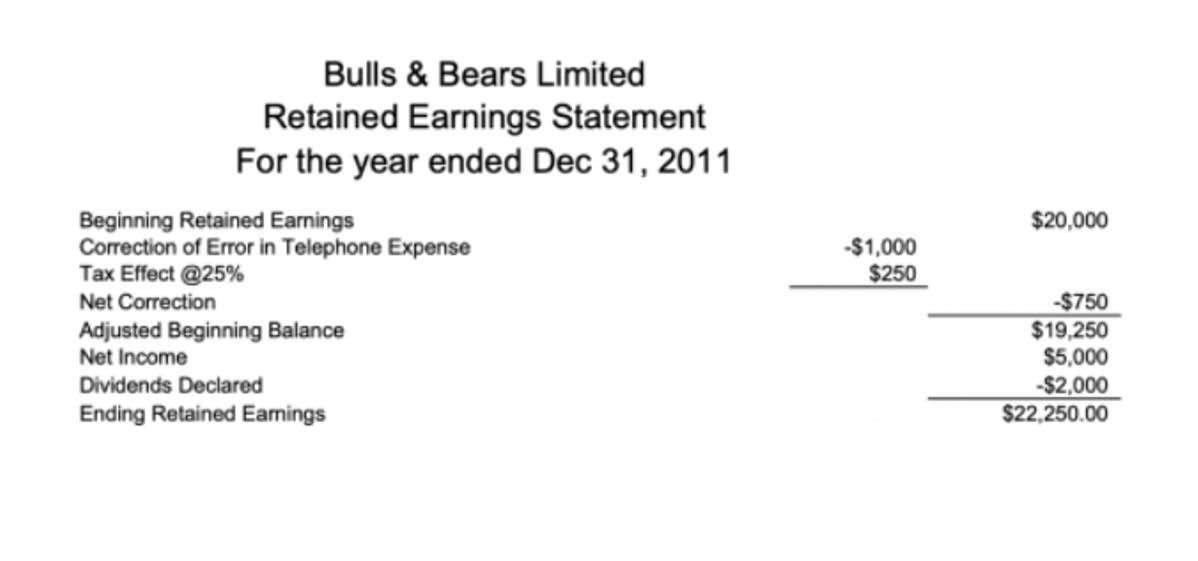
If you sell a service for $100, and your cost of goods sold is $70, then both your margin and your markup equal $30. Expressed as a percentage, however, it’s necessary to use the margin formula and markup formula to calculate the different rates. Both are important, but markup is directly used for pricing decisions as it determines how much to add to the cost. Profit margin is more about evaluating the overall profitability once the product is sold. Businesses can also look to reliable providers like EBizCharge that offer payment processing solutions to simplify payment collections and better manage their finances. With EBizCharge, you can easily track your revenue, expenses, margins, and markups to make more informed decisions and maximize your profits.

Calculating markup
Therefore, before increasing the price, the business needs to consider factors such as supply and demand for the product, completion from other businesses, inflation rates, and so on. For a company that has a very low gross margin, margin vs markup there are two major approaches for improving this key metric. This means that 50% of the total revenue is kept by the company, while the other 50% of revenue covers the cost of producing the headphones. Let’s say the cost for one of Archon Optical’s products, Zealot sunglasses, is $18. That $18 is how much it costs Archon Optical to create a single pair of the Zealot. So, while you marked up the product by 60%, your actual profit margin is only 37.5%.
- However, at any point in time, markup is always greater than gross margin, and hence it overstates the firm’s profitability.
- In extreme cases, this could even jeopardize the overall profitability of your store.
- We’ll discuss this more when you’ve scrolled further down this page.
- Adjust your markup and margin as needed to respond to demand changes.
- Regularly evaluating and adjusting pricing strategies to align with industry averages and market trends can help maintain competitive and profitable pricing.
Understanding the Difference: Margin vs Markup

This will result in a price disparity between company X and company Y, with company Y’s products being more competitively priced. This difference in price can result in company Y selling two or three times more than company X and making more profits than company X, despite company X having a higher markup on their products. The markup in this case is 100%, which means that the headphones were sold for 100% more than what it cost to produce them. In other words, the selling price is double the cost of production. The first one is by increasing the price of products or services, while the second is by reducing the cost of production. You can set fixed prices for your products, but a fixed markup will always keep your price a consistent percentage above your cost.
Key Difference Between Profit Margin and Markup: Key Insights
Generally speaking, you would use margin in situations where the cost of production is consistent and stable. Consider using markup instead of double declining balance depreciation method margin if you have various products and their costs vary significantly. Reviewing your markup and margin regularly helps keep your profits on track—instead of realizing too late that you’re undercharging. However, the markup is usually expressed as a percentage of the product’s cost (not its selling price). Therefore, the $2 markup divided by the product’s cost of $8 results in a markup that is 25% of cost. Gross margin or gross profit is defined as net sales minus the cost of goods sold.
Scenario 3: You Know Selling Price and Cost

Although margins and markups are fairly simple concepts to understand, they can be tricky to master due to their many similarities. As a result, handling them in your company might require you to instill a few best practices for margins and markups in your sales policies and procedures. Now that you know the differences between margin and markup and how to calculate them, you must understand which situations to use these formulas. Understanding your company’s profit margin is crucial to evaluate financial performance and make informed decisions. Analyzing markup and margin data empowers companies to adjust to market trends. Informed pricing decisions lead to better customer relationships and sustained business online bookkeeping growth.
- Your markup is always bigger than your margin, even though they refer to exactly the same amount of money.
- The fee has to be treated as a margin, a percentage of the total after adding the fee, not a markup.
- Profit margin expresses profit as a percentage of revenue (sales), providing a relative measure of profitability.
- Mixing up margin and markup can cost your business hard-earned profits.
- The word “gross” is important since it tells us that this calculation is done at a high level before things like taxes and non-operational expenses are factored in.
Markup and Margin Explained
- The winds of markup may vary in strength, but determining the right markup percentage ensures a smooth sail.
- Let’s explore what profit markup and margin mean, how they differ, and their impact on business.
- While they share similarities, they have distinct meanings and applications.
- Construction margin industry-wide averaged just over 25% in 2024, with fluctuating material costs causing a slight dip compared to previous years.
For example, whether or not you buy in bulk, source your products from different vendors for different prices, and so on. Once you calculate your cost of goods sold (COGS), you can use your cost to calculate your price. Your profit margin tells you how much of your revenue actually turns into profit. However, some people intend for the term gross margin to mean the gross margin as a percentage of sales (or percentage of selling price). Others will use the term gross margin ratio to mean the gross margin as percentage of sales or selling price.
Free Ebook: Getting Started With Inventory Tracking
Understanding these terms can help you price your products correctly to maintain profitability. Use markup when setting prices based on cost or comparing supplier pricing. Use margin when budgeting, forecasting, or comparing profitability across products. Margin is often better for financial planning because it directly shows profit percentage. It is easy to see where a person could get into trouble deriving prices if there is confusion about the meaning of margins and markups.

Markup vs Margin: What’s the Difference and Why It Matters
Retailers should use margin values when evaluating or forecasting the business’s overall profitability and setting a merchandise budget. One more “margin” term that retailers may encounter is marginal cost, which refers to the incremental cost of producing one more product. If you sell DTC products, chances are you’ve struggled with pricing at some point. After all, there’s a lot to consider when coming up with prices for your products. Marking up products isn’t as simple as choosing how profitable you’d like your business to be. Instead, you’ll have to consider things like perceived value, shipping costs, transaction costs, and how much your competitors are charging.
Why are the percentages different?
Margin is typically expressed as a percentage of the selling price. Confusing profit margin vs. markup can lead to accounting and sales errors. For example, you might end up either under- or overpricing your products, which can cut away into your profits. Understanding the two terms is essential to know if you’re pricing your products most effectively. Markup is the amount a business adds to the cost of a product to set its selling price and earn a profit. It’s a key component of pricing strategies in both trade and manufacturing.

This is because the margin is calculated as the difference between the selling price and the cost of goods sold (COGS) and expressed as a percentage of the selling price. The markup formula is used to calculate markup, which is the difference between the selling price and the cost of the item. The markup percentage is calculated by dividing the gross profit of an item by its cost, and multiplying by 100 to express it as a percentage. To sum this up, while markup is calculated based on the cost price to determine the selling price, margin is calculated based on the selling price to evaluate the profitability percentage. Both concepts provide valuable insights into pricing and profitability from different perspectives, and are typically utilized in tandem. Markup is the amount added to the cost price of a product to determine its selling price.

